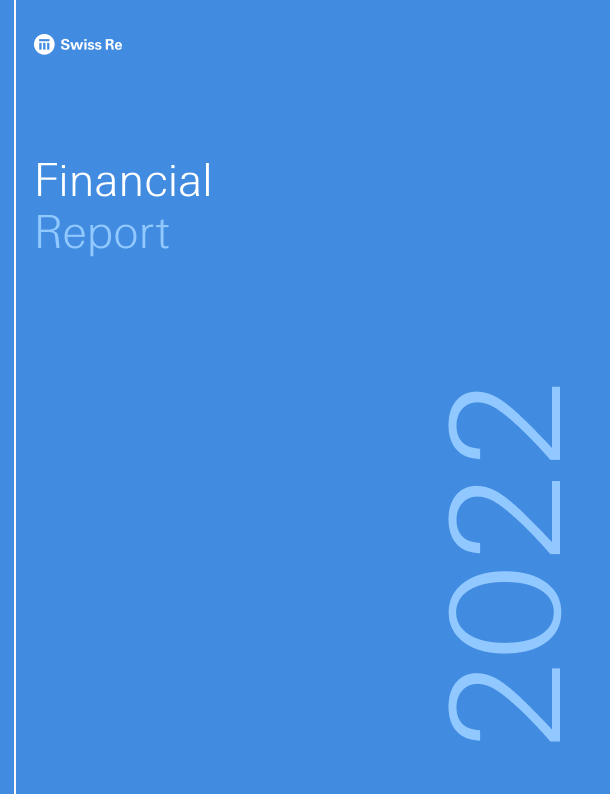Swiss Re Annual Report 2022
Home
Downloads
-

Business Report
Read about trends impacting the reinsurance industry and stories about our innovative employees
English -

Financial Report
Read about Swiss Re's current business activities and key financial information
Financial Report -

Downloads
-
Business Report
Read about trends impacting the reinsurance industry and stories about our innovative employees
English -
Financial Report
Read about Swiss Re's current business activities and key financial information
Financial Report - See All Downloads















